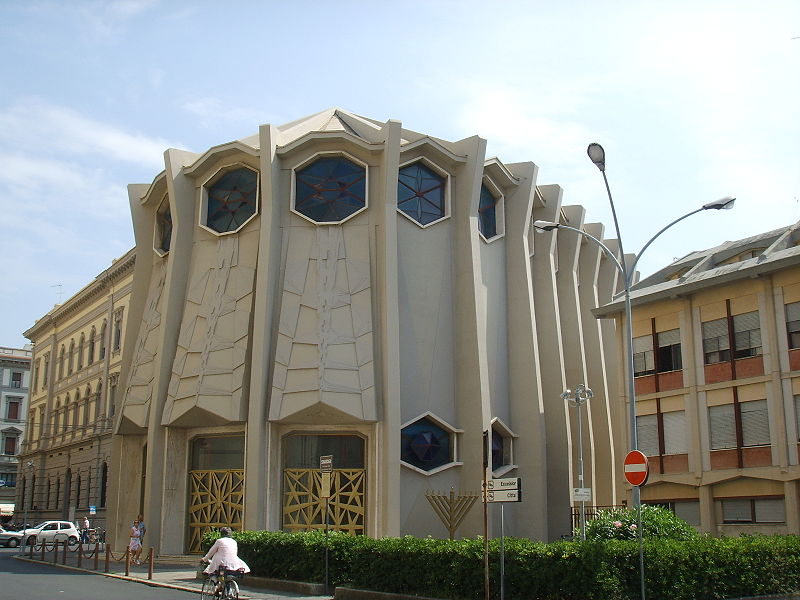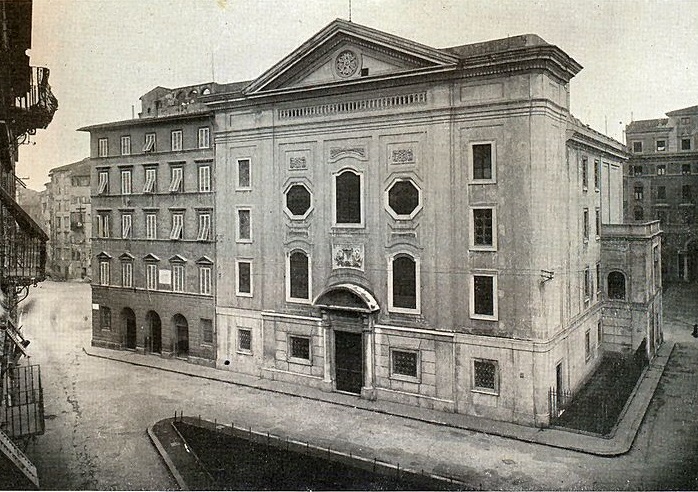
A visit to Livorno is required in the name of remembrance, even if the urban renewal projects of the early twentieth century around the port and the bombings of the Second World War in 1943-1944 have destroyed most of the old city center, including Jewish Livorno’s Grand Synagogue. In no other Italian city did the Jews have such a significant role as in Livorno, where they were never forced to live in ghettos. They were the true founders of the city and architects of its splendor. The grand duke of Tuscany issued the edict Livornina, dated 10 June 1593, which guaranteed -for twenty-five years and with the option of the edict’s renewal- the Jews free trade and the right to settle where they chose. They were not forced to wear an identifying sign as were other Jews in the duchy, and they were permitted to have Christian servants, ride in carriages, and, under Ferdinand I, were protected from the Inquisition: “During the said period, we do not want any inquisition, inspection, denunciation, or accusation to be pronounced against you or your families, even if in the past they lived outside our dominions, whether as Christians or simply called such”.

They were a large number of Jews of Portuguese and Spanish descent in Livorno. This small coastal city, ravaged by fevers, became, in just a few years, a flourishing port where the Jewish community had a prominent role. Spanish was the official language, and Ladino was the vernacular in use especially by those expelled from Spain to Thessaloniki, as with other ports of the Levant. Gradually the Livornese Jews created a new dialect, bagitto, a mix of Spanish, Hebrew, and the local dialect; it is spoken by ederly Jews of the city even today.
The community reached its apogee in the seventeenth and eighteenth centuries. Its decline began with the arrival of Bonaparte’s troops, however favorable this was to Jews throughout the rest of the peninsula: the blockade hurt the port. With Italian unification and the emancipation, the Jews of Livorno emigrated to Florence or Rome. By 1900, there were no more than 2,500 Jews in the city, a reduction by half in fifty years. The Second World War and the Nazi deportations struck a death blow to the Jewish community of Livorno, which today is reduced to some 800 members.

Completed in 1962, the new synagogue is a concrete, futuristic edifice designed by the Roman architect Angelo Di Castro that stands in the Piazza Benamozegh (the former Piazza del Tiempo) in the location of the former synagogue destroyed by bombing in 1944. The magnificent delicately carved, gilt aron from the beginning of the eighteenth century came from the old synagogue of Pesaro in the Marches.
The Marini Oratory (Draforia Marini) is located on the nearby Via Micali. During the period after the war and until the construction of the new synagogue, the oratory served as the location of worship. At the back of the square hall of the yeshiva, one can see an extraordinary gilt aron with finely carved floral decorations. It dates from the fifteenth century and probably came to Livorno with the Jews forced to flee Spain. Nevertheless, some experts date the creation of this masterpiece slightly later. The Jewish Museum is also located in this building; its collection of beautiful liturgical objects is housed in two display cases.